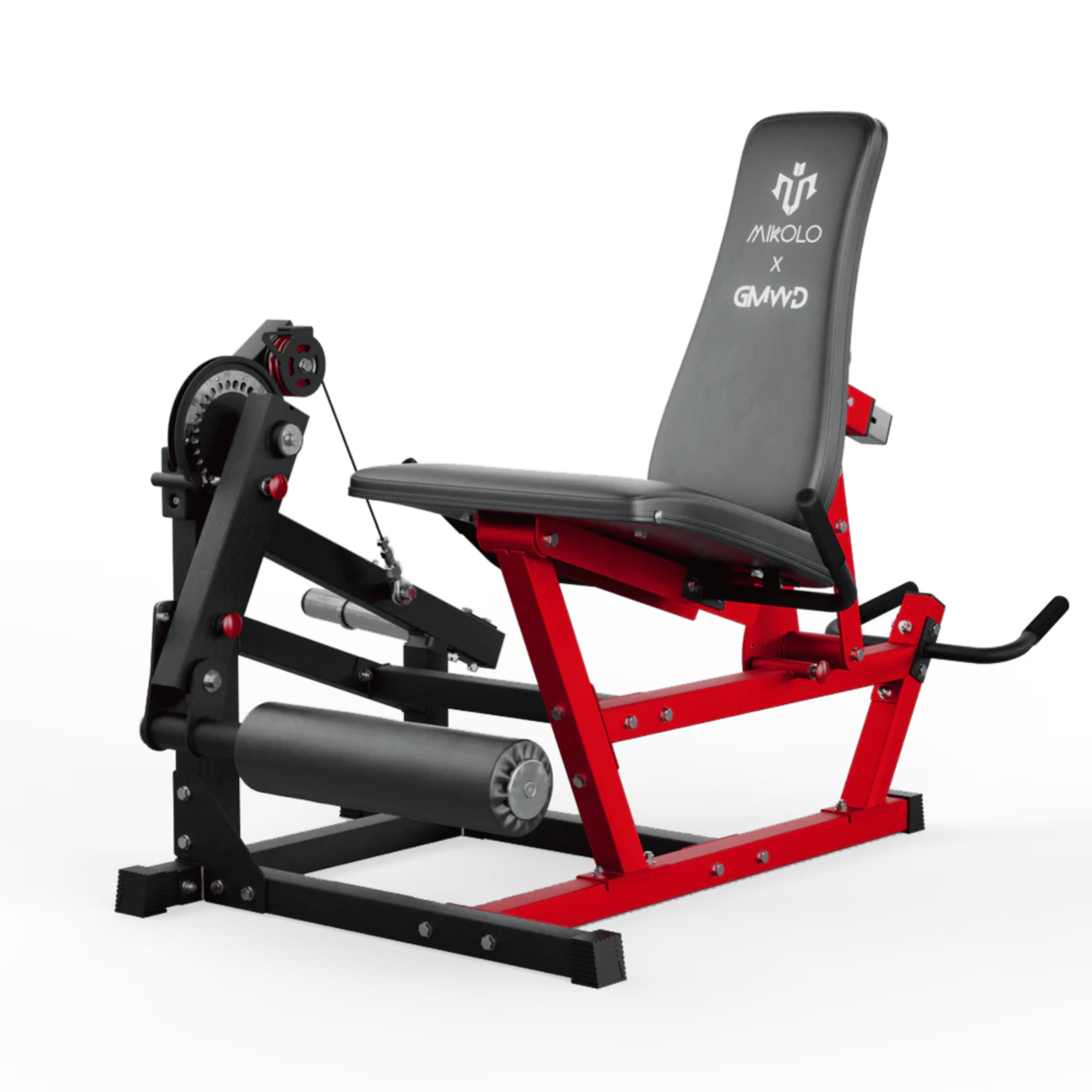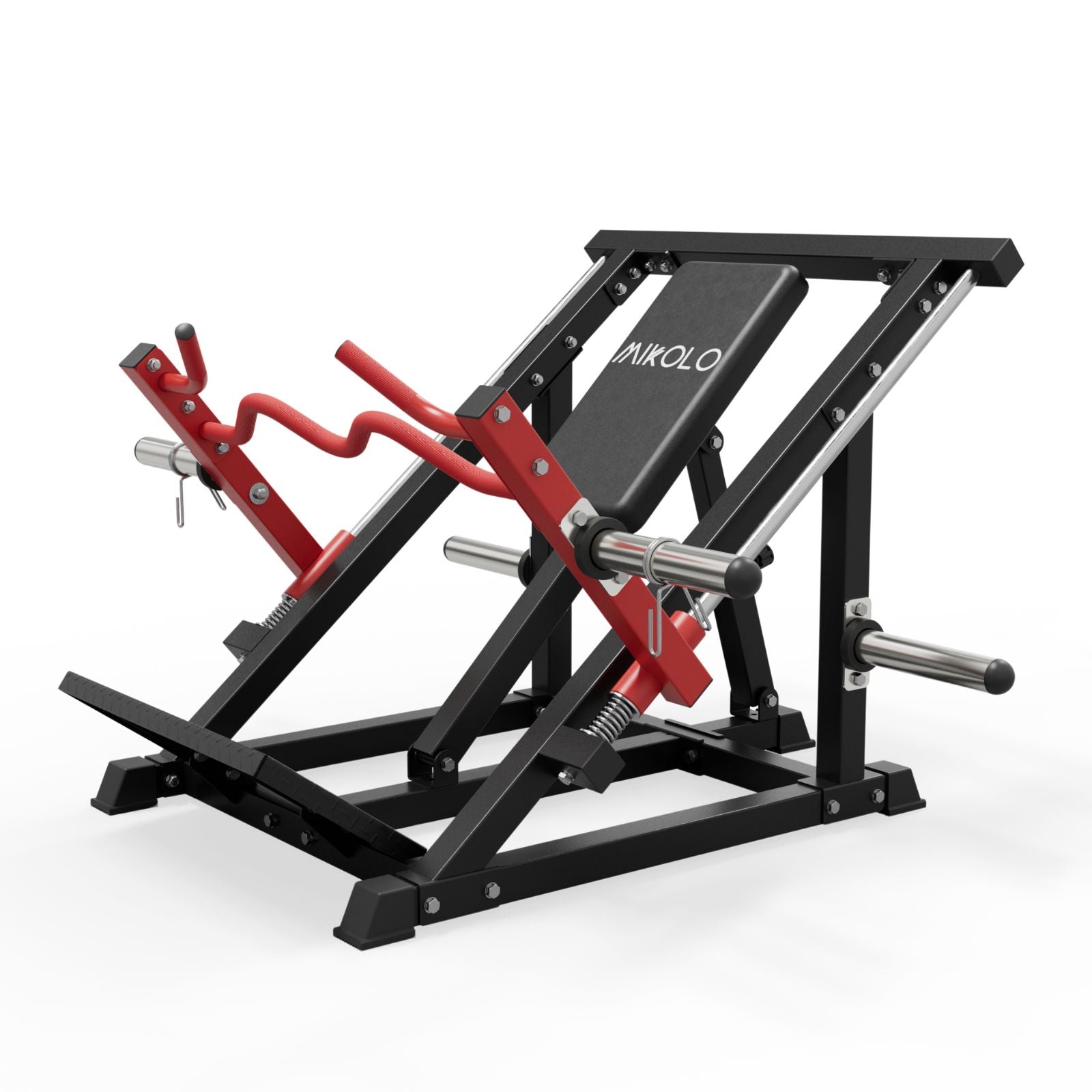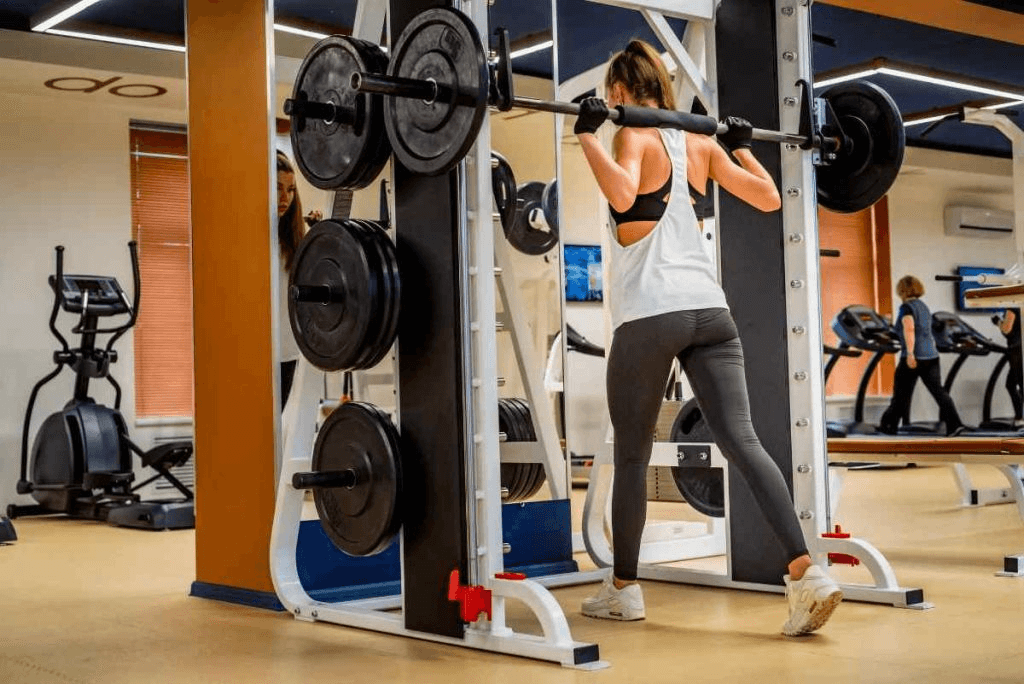Building a strong, balanced physique means training every major muscle group with intention. Whether you’re working out at home or in the gym, having a structured plan to exercise all muscles helps prevent imbalances, enhances strength, and supports overall fitness.
In this guide, we’ll walk through how to structure workouts for every muscle group, which exercises best target each part of the body, and how to ensure you're not leaving anything behind.
Why You Should Train Every Muscle Group
Focusing on all muscle groups—not just your favorites—has several benefits:
-
Improved posture: Strong back, core, and shoulders align your spine.
-
Reduced injury risk: Balanced muscles support your joints and ligaments.
-
Aesthetic physique: Training each body part evenly leads to a more defined, symmetrical look.
-
Enhanced performance: Whether you're running, lifting, or playing sports, full-body strength matters.
Full-Body Muscle Breakdown: Exercises for Each Major Group
Here’s how to approach workouts for every body part, broken down by muscle group:
1. Chest
-
Main exercises: Barbell bench press, dumbbell chest press, push-ups
-
Accessory moves: Chest flys, cable crossovers
2. Back
-
Main exercises: Deadlifts, pull-ups, barbell rows
-
Accessory moves: Lat pulldowns, face pulls
3. Shoulders
-
Main exercises: Overhead press, dumbbell shoulder press
-
Accessory moves: Lateral raises, reverse flys
4. Arms (Biceps and Triceps)
-
Main exercises: Barbell curls, tricep dips
-
Accessory moves: Hammer curls, skull crushers, rope pushdowns
5. Core
-
Main exercises: Planks, hanging leg raises, cable crunches
-
Functional moves: Russian twists, ab wheel rollouts
6. Legs (Quads, Hamstrings, Glutes, Calves)
-
Main exercises: Squats, lunges, Romanian deadlifts
-
Accessory moves: Step-ups, calf raises, glute bridges
How to Build a Workout for All Muscle Groups
Here’s a sample full-body workout plan that hits every muscle in the body:
| Day | Focus | Example Exercises |
|---|---|---|
| Mon | Upper Body Push | Bench Press, Overhead Press, Triceps Pushdowns |
| Tue | Lower Body + Core | Squats, Lunges, Hanging Leg Raises |
| Wed | Active Recovery or Rest | Walking, Stretching, Light Yoga |
| Thu | Upper Body Pull | Pull-Ups, Barbell Rows, Dumbbell Curls |
| Fri | Legs + Glutes Focus | Romanian Deadlifts, Step-Ups, Glute Bridges |
| Sat | Full-Body Circuit (High Intensity) | Kettlebell Swings, Burpees, Plank-to-Push-up |
| Sun | Rest | — |
Personal Experience: What I Learned Training Every Muscle
I used to spend most of my time on chest and arms, neglecting back and legs. Over time, that imbalance showed—tight shoulders, poor posture, and slowed progress. It wasn’t until I committed to a true all-muscle workout routine that I started seeing real changes—not just in my physique, but in how I felt moving through everyday life.
The biggest takeaway? Training every muscle isn’t just about looking good. It’s about feeling capable and confident from head to toe.
Tips for Success
-
Keep a log: Track which body parts you train to avoid skipping any.
-
Vary your movements: Swap in different exercises every few weeks.
-
Listen to your body: Rest when needed, but don’t avoid tough areas.
-
Prioritize form: Proper technique matters more than heavy weight.
Final Thoughts
Working out every muscle in your body is a smart, long-term approach to fitness. With a consistent, balanced training plan, you’ll not only gain strength and definition—you’ll build a body that performs well and feels powerful in every movement.
No shortcuts. No skipped days. Every muscle deserves atte











































Leave a comment
This site is protected by hCaptcha and the hCaptcha Privacy Policy and Terms of Service apply.